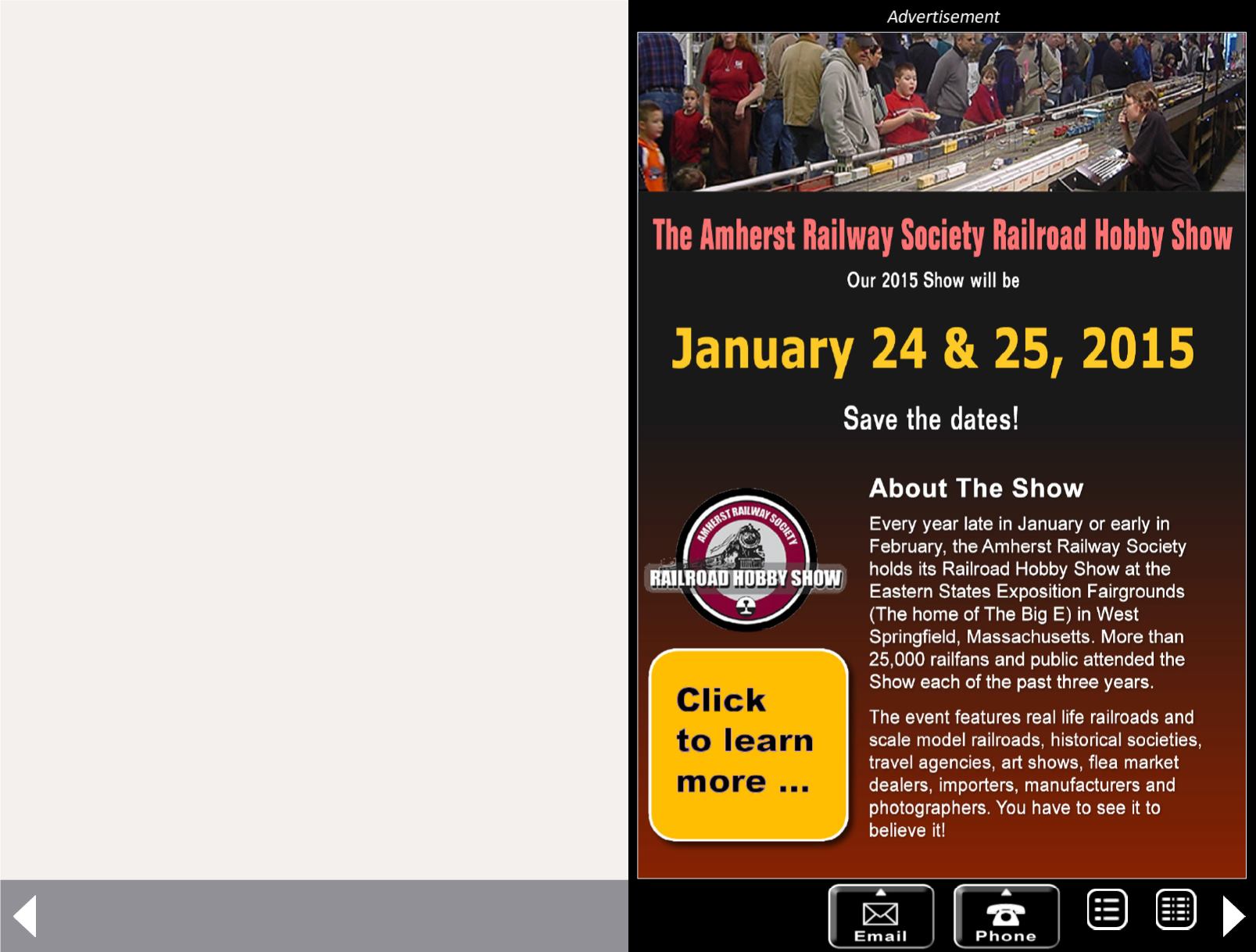
not have deliberate dead spots any longer. How do the two
approaches compare in price? To answer this question, let’s
look at a real-life example on my own layout.
On my HO Siskiyou Line, I have a dozen or so LifeLike Proto
2000 SD9s. These locos have great detail and proportions, but
as the models age, they develop power pickup problems.
While the power truck design looks a lot like Kato’s with the
axle tips riding in a metal plate just behind the truck side-
frame, there is one significant difference. Kato uses a drilled
phosphor-bronze plate, while LifeLike uses a stamped soft
copper plate.
The LifeLike copper plate is a lot softer metal and it’s thinner
than the harder Kato phosphor-bronze plate. By stamping the
axle-tip holes in the soft copper plate, the axle holes actually
have jagged “splayed” metal around the axle-tip holes, which
gather dirt and lint, making axle-tip contact less reliable.
As the loco ages, these soft copper plate axle holes wear
larger, to the point a loco can easily stall because none of the
axle tips are contacting the plate on a given rail!
I’ve installed sound in a few locos as well, and they always
cut out at my dead frogs. If the power pickup is working okay,
my locos generally run fine across the dead frogs, but the
sound decoders seem more sensitive to the dead spot such
that they cut out consistently at turnout frogs, which is very
annoying. For the SD9s with iffy power pickup anyway, hav-
ing dead spots anywhere in the track is just asking for more
instances of stalling – and that’s exactly what happens.
My layout has 120 turnouts on it. Frog juicers come six per
board for $80, and I’ll need 20 boards to power all the frogs
on my layout, which is a $1600 investment.
But if I look at keep-alive instead, I have 65 locos. Not all of
them will need keep alive in them, but let’s say 75% of them
do, which is 49 locos. I can add a TCS KA-2 keep-alive module
Publisher’s Musings - 3
MRH-Dec 2014


